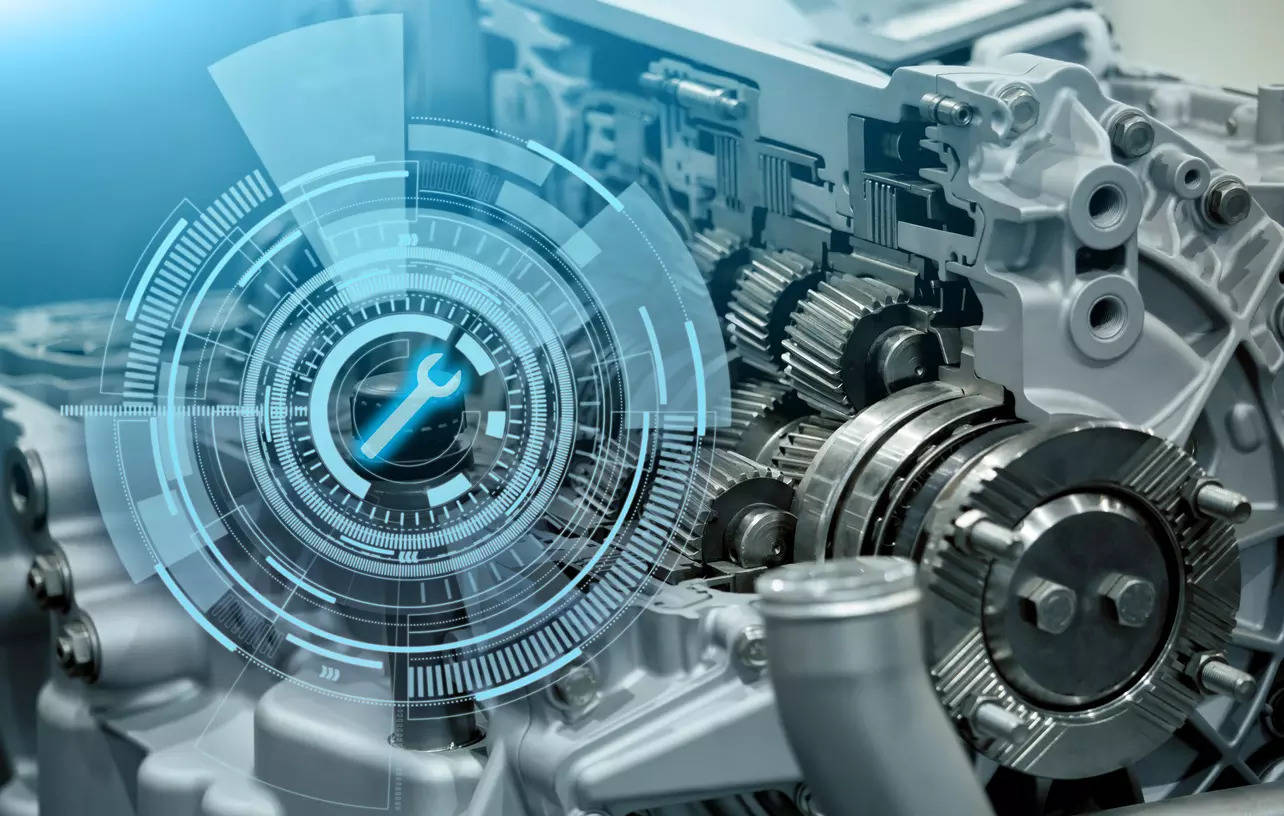
New Delhi: Car market leader Maruti Suzuki India Limited (MSIL) has seen a 6X growth in sales percentage for its automatic transmission (AT) variants in the time span of a decade.
Shashank Srivastava, executive director, Maruti Suzuki, said, Back in 2011, it was about 1% to 2% and currently the company’s sales percentage for AT is about 11%-12%. However it varies for different models. For Swift it is 15%-18%, WagonR 16%, S-Presso 20%, and for Celerio 31%. There are models like Eeco which do not have AT and therefore Maruti Suzuki’s average remains low.
The company’s AT sales percentage is higher in the urban areas than in the rural markets. This is because of the urban congestion, high cost of cars with AT, and the different portfolios of vehicles sold in urban areas.
Sales percentage of AT variants in rural areas is 6.4% (in the models where automatic is available) for the current fiscal. The ace AT models for Maruti Suzuki in FY20-21 and FY 21-22 have been Celerio AGS and XL6.
MSIL introduced Celerio in 2014, its first car with dual-pedal technology. It was introduced with Auto Shift Gear (AGS) technology, which was the automaker’s way of calling Automated Manual Transmission (AMT) technology. Now its portfolio offers 12 models with different automatic transmission technologies of AGS, AT and CVT.
| AGS | S-Presso | WagonR | Celerio | Ignis | Swift | Dzire |
| AT | Ertiga | Vitara Brezza | Ciaz | S-Cross | XL6 | |
| CVT | Baleno |
A lot has changed over the years in the engineering, design and technology of the automobile industry. An area that has transformed with time and technology is vehicle transmission, shifting from manual to automatic, which in itself is a multi-billion industry.
A study by Fortune Business Insights also shows that the global automotive transmission market is projected to grow from USD 96.98 billion in 2021 to USD 146.57 billion in 2028 at a CAGR of 6.08%. The rise in CAGR is estimated on the basis of return of the market to normalcy after surviving the pandemic.
According to Brajesh Chhibber, Partner, McKinsey & Company, sales percentage of AT in the Indian automobile industry is 15% to 25%. In the next 5-7 years, almost 50% of all cars sold will have AT and in the next 10 to 15 years, most vehicles will be electric.
Hemal Thakkar, director, CRISIL India, also said that in the next 5-7 years, the share of manual transmission (MT) will come down to 60%-65%. One of the major reasons for this is the consumer preference for electric vehicles whose sales are on the rise.
A gearbox that develops power and torque at different RPMs is one of the major differences between EVs and ICE vehicles. An electric motor does not need to generate power and burn fuel. So the stop-and-go driving conditions do not work, hence EVs do not require manual transmission.
For Tata Motors, market leader in the EV segment, sales of AMT and MT are 19% and 81% respectively for YTD FY22. The split was 14% and 86% respectively in FY20. Nexon is the company’s highest selling model in MT and AMT.
Chibber said most people in India prefer MT for its price advantage. Most of the European manufacturers go for DCT and most Japanese manufacturers opt for CVT and AMT. While DCT is 10 times costlier than AMT, it gives a smooth driving experience.
Some people who opt for MT are also skeptical about adopting a new technology, he added.
Overheating in tropical areas like India can be harmful for AT (DCT) in cars. Lubricants may lose viscosity, which can cause higher internal component friction, rapid wear-and-tear and premature transmission failure, an industry veteran said.
It is recommended to shift to neutral at stop points like traffic signals to let the transmission cool down and be safe, he said.
The cost difference between MT and AMT in the Indian automobile industry is about INR 40,000 to INR 60,000 while between MT and DCT/CVT/AT ranges from INR 80,000 to INR 2 lakh, Thakkar said.
The share of AMT variants is about 20% in the industry. For CVT/DCT/AT it is about 8%-10%. “While DCT is negligible, CVT and AT have a higher share. However, going forward the share of DCT is expected to increase in vehicles in the price bracket of INR 8 lakh and INR 15 lakh,” he said.
“I believe that largely people who drive for pleasure prefer MT, while others who use cars as a functional vehicle, to move from one point to another with comfort and ease of driving, prefer AT,” Srivastava of MSIL said.
Tata Motors said, “Customers who want a relaxed driving in city traffic prefer AMT. MT is more in demand for performance enhancement.”
According to Thakkar, among the younger generation, 25%-30% are first-time buyers and they opt for higher segment cars. On an average, people below 40 prefer AT. Those above that age, who prefer to be chauffeur-driven and want to enjoy rear seat driving, mostly go for MT, Thakkar said.
Hyundai’s iMT technology is also similar to AMT for the entry-level car segment, he said.
Also Read:

















